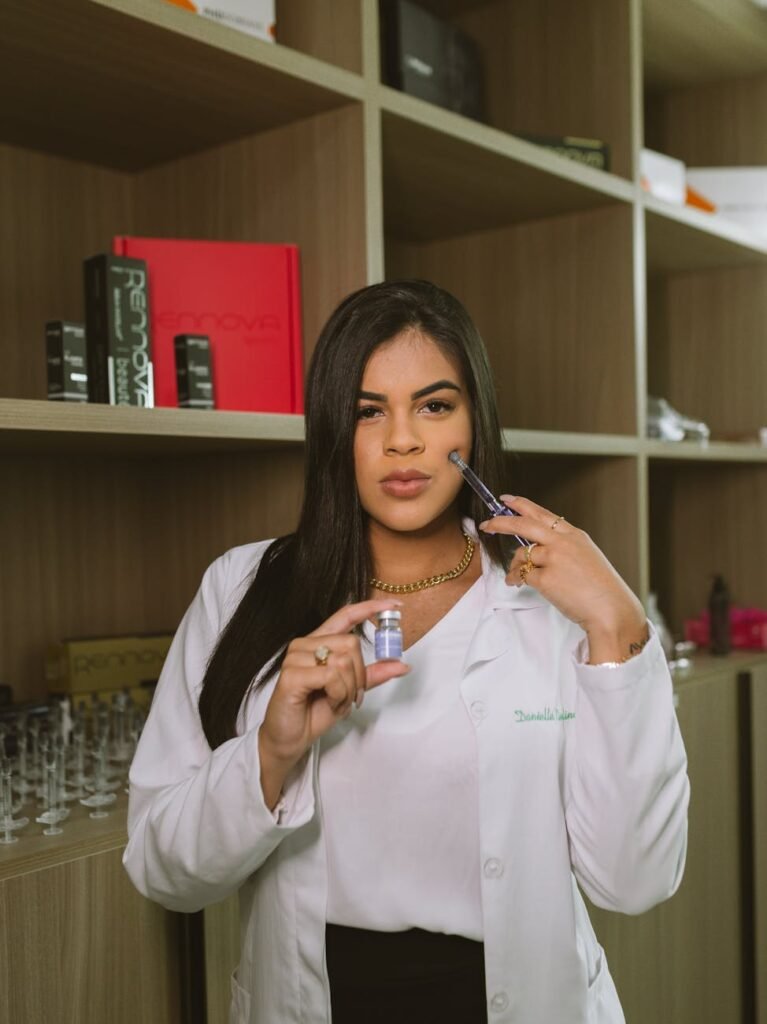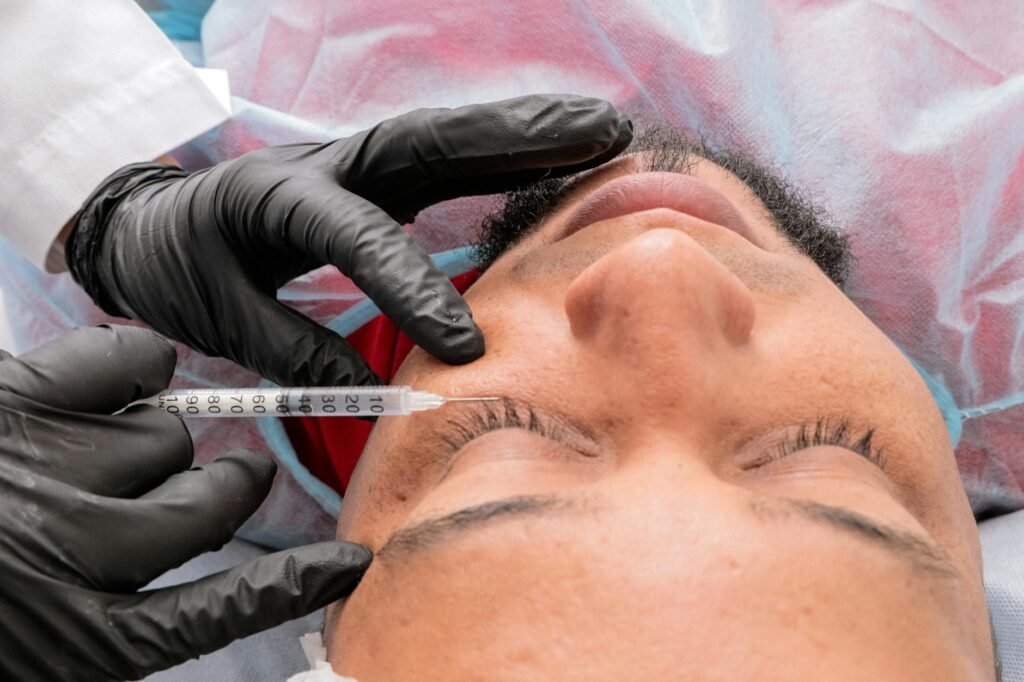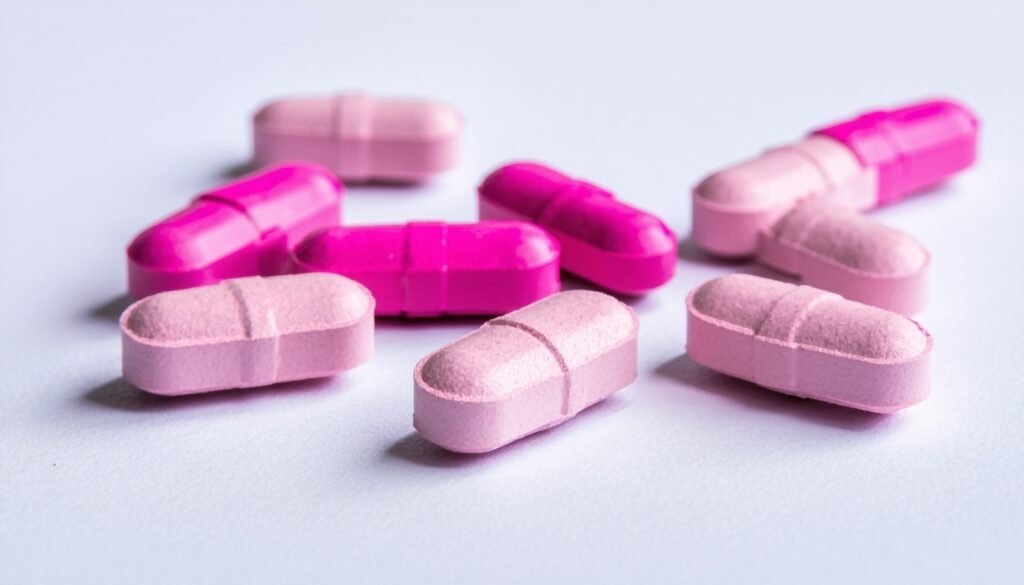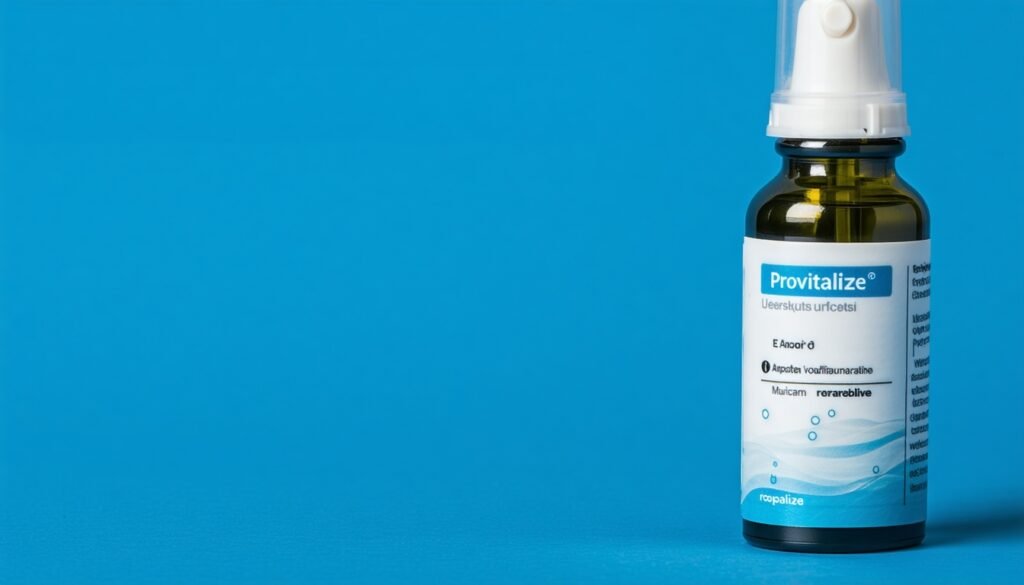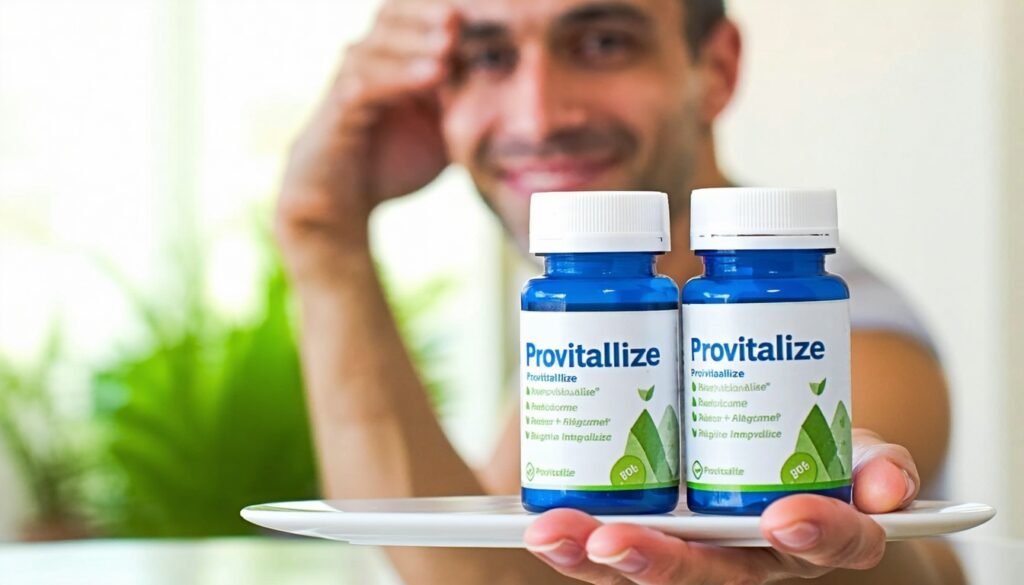Understanding Ozempic Face
Ozempic, a medication known for its weight loss magic, can sometimes leave folks with a bit of a surprise in the mirror. “Ozempic face” is the catchy name for the facial changes that might pop up when the pounds drop fast. We’re talking about less plump cheeks and slightly sagging skin, which can lead to wrinkles and a tired look (PubMed). Sadly, many folks taking Ozempic aren’t clued in about these potential side effects on their looks.
Impact of Ozempic on Facial Appearance
When the weight starts melting away, thanks to Ozempic, some people notice their faces looking hollow, especially around the cheeks and neck. This can make the skin look loose and droopy, adding lines and wrinkles that might make you feel like you’ve aged overnight (Dr. Erwin Bulan). If you see these changes, you might search for ways to plump things back up and tighten that skin.
Challenges Faced by Plastic Surgeons
Plastic surgeons have their work cut out when tackling the “Ozempic face.” It’s not just a one-size-fits-all fix; they often need to mix and match treatments like dermal fillers, skin tightening, and sometimes surgery (PubMed). The goal is to bring back some of that facial volume, boost skin elasticity, and deal with extra skin hanging around after the weight loss.
These surgeons are like the fairy godparents of facial aesthetics, helping folks deal with the changes the Olympics might bring. With personalized plans and a bit of magic, they can help you get back to a fresher, more balanced look. If you’re curious about what plastic surgery can do for Olympic-related facial changes, check out our article on plastic surgeons’ Olympic faces.
Managing Ozempic Face
When cheeks start looking a bit deflated from Ozempic-induced weight loss, plastic surgeons are the go-to folks for restoring that youthful glow. They’ve got a couple of tricks up their sleeves, like dermal fillers and skin tightening, and if those don’t cut it, they might suggest a little nip and tuck to get things back in shape.
Dermal Fillers and Skin Tightening
Dermal fillers are all the rage for folks noticing their face looking like a deflated balloon after shedding pounds with Ozempic. These fillers, made from hyaluronic acid, are injected into the face to plump things up, smooth out those pesky wrinkles, and give you a fresher look.
Then there’s skin tightening, a lifesaver for saggy skin that comes with losing weight. Techniques like radiofrequency, ultrasound or laser treatments can help firm up loose skin, making it look more elastic and giving your face a nice contour. These non-surgical options are great for those who want to tackle the effects of Ozempic face without going under the knife.
Surgical Interventions for Facial Volume
Sometimes, fillers and skin tightening don’t do the trick, and that’s when surgery steps in. Plastic surgeons have a bunch of surgical options to bring back facial balance and give you a rejuvenated look if you have an Ozempic face.
One option is fat grafting, in which fat from elsewhere on your body is injected into your face to fill in hollow spots. The facelift also lifts and tightens the facial tissues to fight sagging skin and redefine your facial features for a more youthful vibe.
If you’re considering surgery to restore facial volume, it’s important to have a thorough preoperative evaluation to see if you’re a good candidate, chat about what you want, and plan the best surgical route. Plastic surgeons manage the perioperative process smoothly, focusing on getting the best results and keeping you safe and sound.
By teaming up with skilled plastic surgeons and using the latest fillers, skin tightening, and surgical techniques, folks dealing with Ozempic faces can achieve natural-looking results and feel good about their appearance again. This all-around approach to handling facial changes from rapid weight loss highlights the need for personalized care and solutions in plastic surgery.
Considerations for Plastic Surgery
Are you considering plastic surgery to address the effects of the Olympics on your face? Two big things to remember are checking things out before the surgery and managing things around the time
Preoperative Evaluation
Before you undergo plastic surgery to address changes caused by using Ozempic, you must undergo a solid pre-surgery check-up. This step is super important to ensure that you’re a good fit for the surgery you want.
During this check-up, the plastic surgeon will examine your overall health, medical history, medications, and any specific concerns you have about your face. It’s crucial to mention if you’re using Ozempic or similar medications because they can affect how the surgery goes and the results you get.
Plus, this evaluation might include chats about what you’re hoping to achieve, what you want to look like, and any risks or hiccups that might come with the surgery. Keeping the conversation open between you and the surgeon is key to setting realistic goals and having a smooth surgery experience.
Perioperative Management
Managing things around the time of surgery is super essential for keeping things safe and prosperous, especially if you’re using Ozempic. This involves taking care of patients before, during, and after the surgery to get the best results and keep risks low.
One thing to watch is how Ozempic might mess with your stomach. According to PubMed, you should stop Ozempic before going under general anesthesia because it can slow down how your stomach empties. Plastic surgeons must know about these effects to adjust care and keep you safe.
Also, keeping your weight steady is crucial for getting the best results from skin reduction surgeries after losing weight. As UT Southwestern Medical Center suggests, you should keep your weight stable for three to six months before surgery to avoid changes that could affect the final look.
Using weight loss medications like semaglutides before surgery requires careful monitoring by your doctor. The American Society of Plastic Surgeons points out that medical checks and ongoing monitoring are crucial to ensure that these medications help you reach a healthier BMI for surgery.
Plastic surgeons can offer top-notch care to folks looking for surgery solutions to deal with changes from Ozempic by focusing on pre-surgery checks and managing things around the surgery. Open chats, thorough evaluations, and personalized management plans are key to getting great results and keeping patients happy and healthy throughout the surgery process.
Post-Weight Loss Procedures
So, you’ve shed those pounds, and now you’re dealing with the aftermath—extra skin and a face that might look slightly different, often dubbed “Ozempic face.” Plastic surgeons are stepping in with some nifty post-weight loss procedures to tackle these issues like body lifts to tighten up that skin and facial rejuvenation to bring back your glow.
Body Lifts and Skin-Tightening
There’s been a surge in folks wanting body lifts after losing weight with Ozempic. These procedures focus on areas like arms, belly, thighs, and other spots where skin hangs around after the weight’s gone. The American Society of Plastic Surgeons says people who’ve dropped a lot of weight, sometimes up to 100 pounds, are turning to plastic surgery to tighten things up.
| Body Part | Common Procedures |
|---|---|
| Arms | Arm Reduction |
| Abdomen | Tummy Tuck |
| Thighs | Thigh Reduction |
| Other Areas | Belt Lipectomy/Body Lift, Upper Body Lifts |
These body lift procedures aim to ditch the extra skin, shape up the body, and boost the look of people who’ve lost a lot of weight. The skilled plastic surgeons at UT Southwestern’s Department of Plastic Surgery offer several procedures to help those dealing with extra skin after weight loss (UT Southwestern Medical Center).
Facial Rejuvenation Options
Besides body lifts, there are facial rejuvenation options for those noticing changes in their face after weight loss. “Ozempic face” refers to that sunken look that can happen when fat disappears from the cheeks or neck. Plastic surgeons have a bag of tricks to fix these issues and bring back a youthful vibe.
Facial rejuvenation options might include:
- Facelifts
- Neck Lifts
- Cheek Augmentation
- Dermal Fillers
- Botox Injections
By combining surgery with noninvasive treatments, plastic surgeons can help people find a nice balance between their facial features and body shape. These procedures aim to boost confidence, even out facial features, and give a fresh, youthful look to those who’ve lost weight.
If you’re considering post-weight loss procedures, it’s smart to chat with a board-certified plastic surgeon. They’ll help you determine the best treatment plan to meet your needs and aesthetic goals.
Weight Loss Medications and Plastic Surgery
When you mix weight loss medications with plastic surgery, it’s like putting peanut butter and jelly together—each has its own flavor, but together, they can be a game-changer. Let’s talk about semaglutides and how they fit into this picture.
Role of Semaglutides in Weight Loss
Semaglutides started as a diabetes treatment but quickly became the talk of the town for weight loss. These little wonders help folks eat less and feel full longer, which is a big win for anyone trying to shed some pounds. Pair them with a healthy diet and some exercise, and you’ve got a recipe for success. The American Society of Plastic Surgeons even gives them a nod for helping folks slim down before going under the knife.
The STEP trials showed jaw-dropping results, with folks losing around 15% of their body weight after 68 weeks of treatment. But here’s the kicker—once they stopped the meds, they gained back about two-thirds of the weight. So, if you’re thinking long-term, you might want to keep these meds in your routine.
Benefits and Risks for Plastic Surgery Patients
Semaglutides can be a real lifesaver for those gearing up for plastic surgery. They help patients lose weight, which can make surgeries safer and improve results. Surgeons like Dr. Hakimi can keep their patients happy and healthy, which is a win-win.
But don’t just pop these pills without a plan. A doctor needs to monitor things, ensuring you’re a good fit for the meds and tracking your progress. It’s all about getting that BMI checked before surgery.
These GLP-1 receptor agonists are catching on like wildfire. In late 2022, over nine million prescriptions were written, and by 2035, nearly 7% of the U.S. population will be using them. Social media buzz and celebrity shout-outs are helping spread the word.
By learning about semaglutides, plastic surgeons can offer top-notch care to people looking to lose weight or get a little nip and tuck. It’s all about making sure patients walk away happy and healthy.
Future Trends and Considerations
As weight loss medications and plastic surgery continue to change, it’s worth checking out what’s next for GLP-1 medications and how they might affect people in the long run.
Popularity of GLP-1 Medications
GLP-1 meds like Ozempic have been all the rage lately. Last year, over nine million prescriptions for weight loss meds like Ozempic were handed out, showing folks are really into these treatments (NCBI). By 2035, around 24 million people, or about 7% of the U.S. population, might be using GLP-1 receptor agonists.
Why are these meds so popular? They work well for shedding pounds, plus celebrities are giving them a thumbs-up, and social media is buzzing about their perks. As more people look for easy ways to lose weight, GLP-1 meds will likely keep flying off the shelves.
Long-Term Effects and Patient Safety
GLP-1 receptor agonists like Ozempic have shown some promising results for weight loss, but it’s super important to think about what happens in the long run and keep folks safe. The STEP trials showed significant changes in body weight for obese nondiabetic folks after weekly treatment for 68 weeks, with weight loss percentages of -14.9% and -16.0% in different trials (NCBI).
But here’s the kicker: people might gain back two-thirds of the weight they lost a year after stopping the drug, which means sticking with it is key to keeping the pounds off. Plus, GLP-1 receptor agonists come with some severe warnings, like risks of thyroid tumors, pancreatitis, allergic reactions, kidney problems, and issues with diabetic retinopathy. Common side effects include feeling queasy, throwing up, losing your appetite, diarrhea, constipation, and stomach aches.
As more people turn to GLP-1 meds, it’s crucial for doctors, plastic surgeons, and patients to understand the ups and downs of these treatments. Keeping a close eye on things, making smart choices, and educating patients are all important for ensuring that GLP-1 meds are safe and effective for weight loss and plastic surgery.


